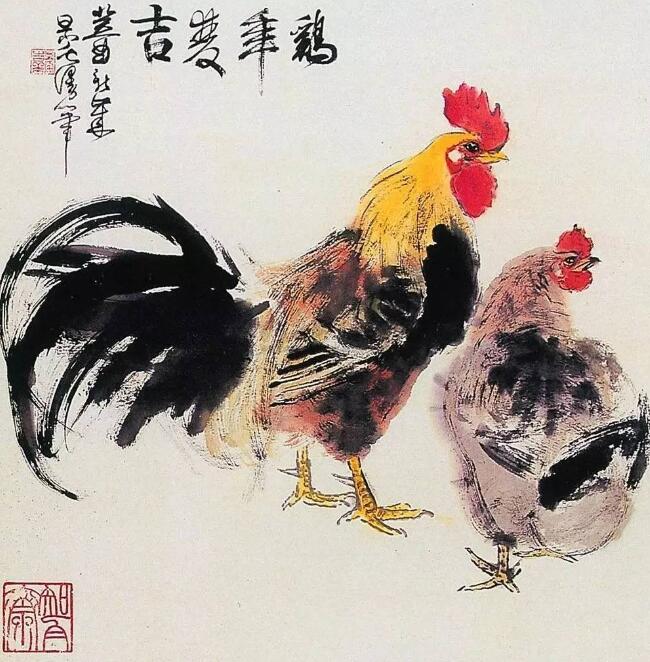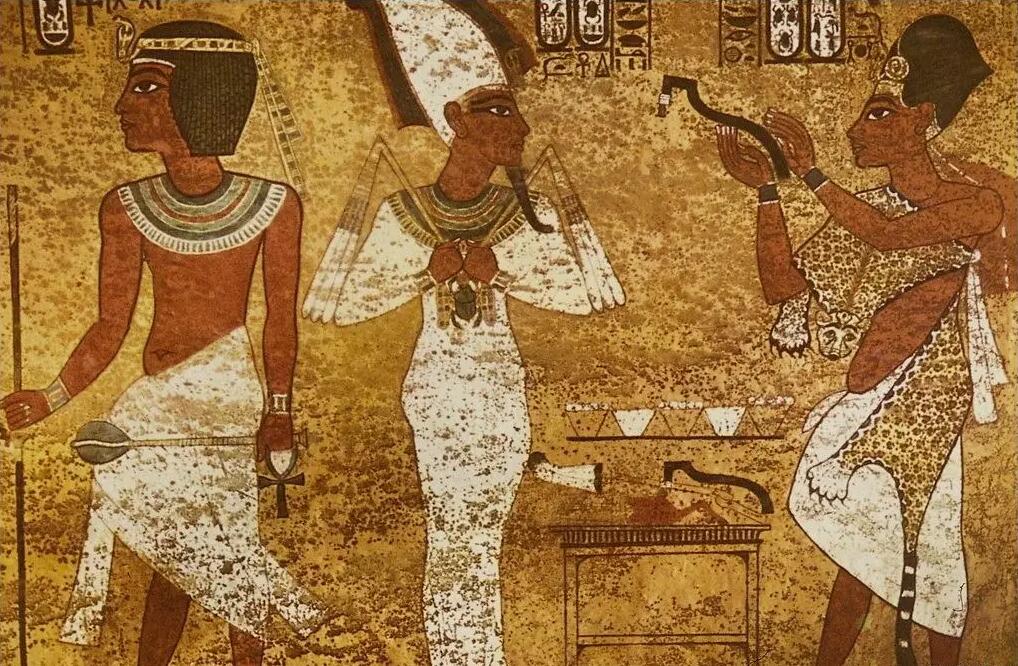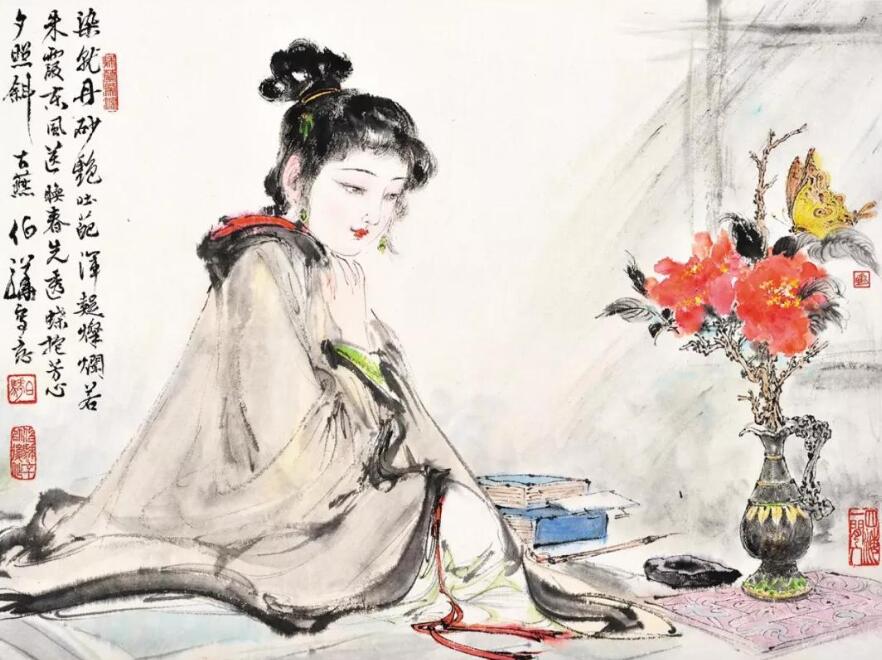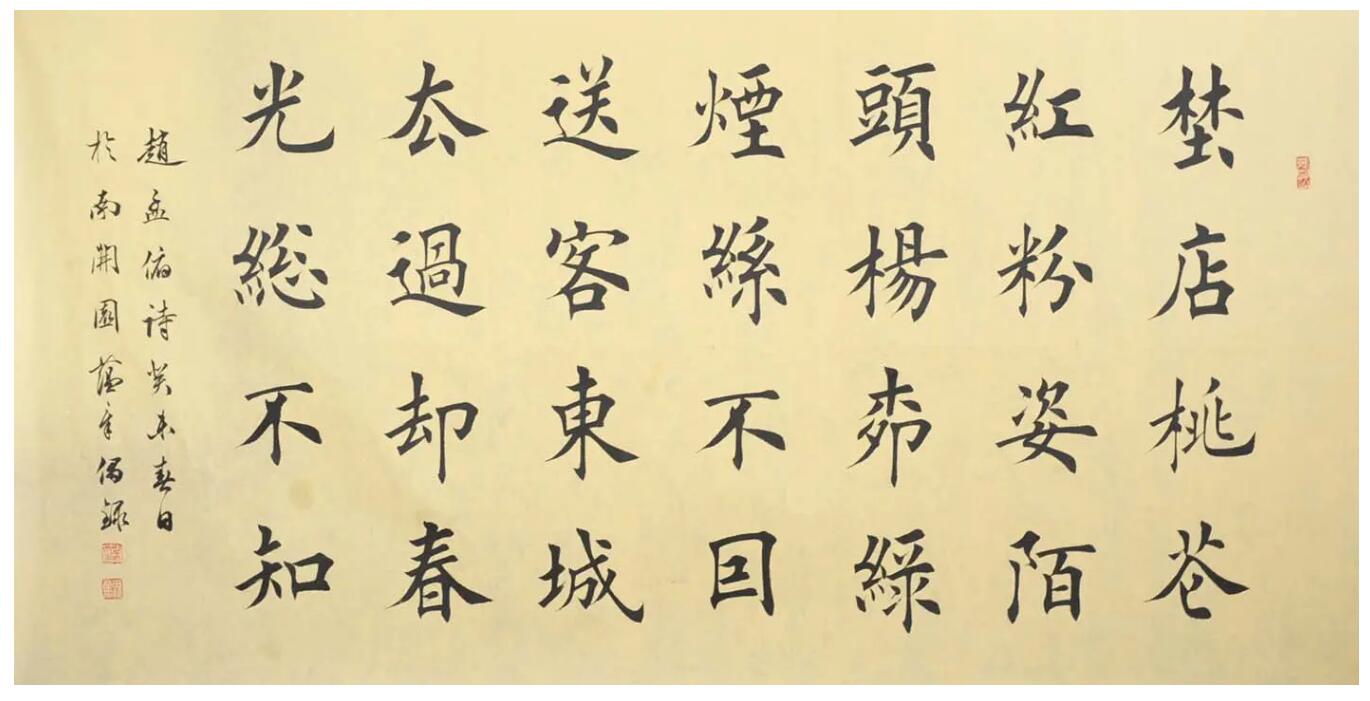德国近代美术史时间分列
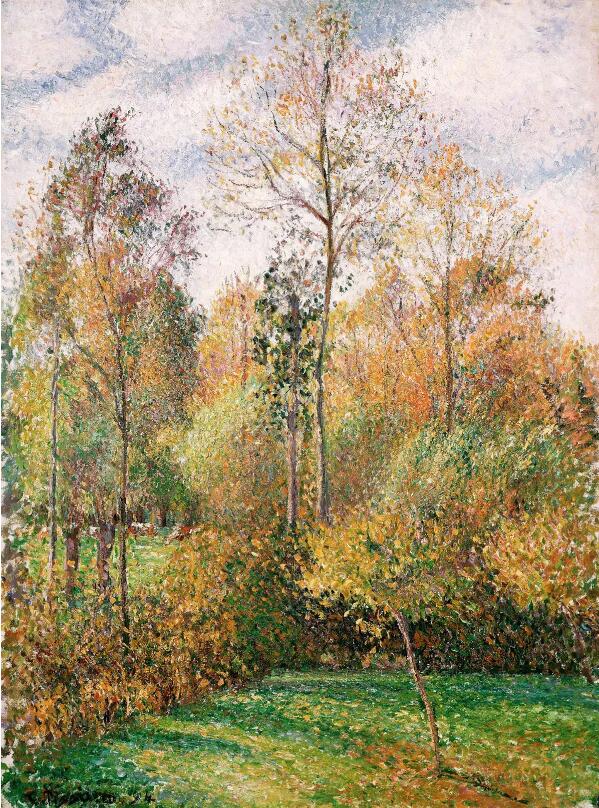
欧洲近代美术史是从浪漫主义开始的,西班牙画家戈雅(Goya)是历史上公认的现代主义的第一人。所以现在把浪漫主义这一时期定位为现代美术的开端。
随着第一次工业革命的开始(约1760年至1840年)这也引起了画家与哲学家以及文学家反对工业以及回归自然的声音,还有法国大革命以及其他运动的发生,随之浪漫主义运动也开始了。
德国的浪漫主义(18世纪晚期至19世纪早期)也是对于传统的德国绘画的一个重要的革新时期。
卡斯帕・弗里德里希就是其中的一个重要的画家。
作为一个艺术家,他的主要兴趣是寄情自然,他往往通过象征性和反传统的工作来传达对自然世界一种主观情感化的反应。1920年代,他的画作被表现主义者重新发掘。在1930年代和1940年代初超现实主义者和存在主义者经常从他的画中汲取灵感。
接下来是Nazarene 运动(19世纪早期)
这是一群名叫Nazarene的非常崇尚基督教的画家们发起的运动,他们的目的是复兴基督教艺术的精神性以及虔诚性。
自然主义(Naturalism)
毕德麦雅时期
毕德麦雅时期(德语:Biedermeier)是指德意志邦联诸国在1815年(维也纳公约签订)至1848年(资产阶级革命开始)的历史时期,现则多用指文化史上的中产阶级艺术时期。
在政治背景方面,十八世纪末历经法国大革命、美国革命和拿破仑战争后帝国的瓦解,行保守主义的复辟政权当道[1]。执政者为避免自由思想再度盛行,鼓励人民纵情声乐[1]。然而,同一时期,另一波相对立的政治运动也酝酿已久。这场“革命性变革”以作家格奥尔格・毕希纳、海因里希・海涅等人为代表,史称前三月时期。
在毕德麦雅时期,中产阶级发展出他们的文化和艺术品味,如家庭音乐会、室内设计及时装。在文学方面,以“袭旧”和“保守”为特色;文学家普遍遁入田园诗,或投入私人书写。重要诗人有让・保罗、歌德和约翰・彼得・艾克曼等。
毕德麦雅与19世纪初期德国历史的二个时期有关。首先,随着都市化和工业化的蓬勃发展,新兴中产阶级不断扩大,其生活方式与需求逐渐取代传统贵族品味,成为社会的新主流[2]。舒伯特早期的艺术歌曲便是迎合中产阶级爱好的一例:它不需要艰深的音乐素养,简单地由一架钢琴演奏,呈现此时期艺术逐渐深入普罗大众的生活。
其次,在拿破仑战争落幕后,政治压迫逐渐增强,迫使人民专注于家庭和非政治事务。由于此时期对出版物订有严格的审查制度,毕德麦雅作家主要选取非政治题材,例如历史文学、乡村生活等。受限于政府之下,人们仅能在家中和密友谈论政治。这种氛围直到1848年革命才见转变。
在19世纪后半叶。也有更多的艺术形式的发展。这同于其他欧洲国家同时期艺术形式。
额。。。。资料越查越多==。底下是英文的资料先凑合看着。。。等过两天我整理整理再接着发给你吧。。。
20th century
Even more than in other countries, German art in the early 20th
century developed through a number of loose groups and movements, many
covering other artistic media as well, and often with a specific
political element, as with the Arbeitsrat für Kunst and November Group,
both formed in 1918. By the 1920s a Cartel of advanced artistic groups
in Germany (Kartell fortschrittlicher Künstlergruppen in Deutschland)
was found necessary[by whom?].[citation needed]
Die Brücke (The Bridge) was one of two groups of German painters fundamental to expressionism, the other being Der Blaue Reiter group. Die Brücke was a group of German expressionist artists formed in Dresden in 1905 by architecture students who wanted to be painters: Fritz Bleyl (1880C1966), Erich Heckel (1883C1970), Ernst Ludwig Kirchner (1880C1938) and Karl Schmidt-Rottluff (1884C1976), with Max Pechstein and others later joining.[39] The notoriously individualistic Emil Nolde
(1867C1956) was briefly a member of Die Brücke, but was at odds with
the younger members of the group. Die Brücke moved to Berlin in 1911,
where it eventually dissolved in 1913. Perhaps their most important
contribution had been the rediscovery of the woodcut as a valid medium for original artistic expression.[citation needed]
Der Blaue Reiter (The Blue Rider) formed in Munich, Germany in 1911. Wassily Kandinsky, Franz Marc, August Macke, Alexej von Jawlensky, Marianne von Werefkin
and others founded the group in response to the rejection of
Kandinsky's painting Last Judgment from an exhibition by Neue
Künstlervereinigung―another artists' group of which Kandinsky had been a
member. The name Der Blaue Reiter derived from Marc's enthusiasm for
horses, and from Kandinsky's love of the colour blue. For Kandinsky,
blue is the colour of spirituality―the darker the blue, the more it
awakens human desire for the eternal (see his 1911 book On the Spiritual
in Art). Kandinsky had also titled a painting Der Blaue Reiter (see
illustration) in 1903.[40] The intense sculpture and printmaking of Käthe Kollwitz was strongly influenced by Expressionism,
which also formed the starting point for the young artists who went on
to join other tendencies within the movements of the early 20th century.[41]
Die Brücke and Der Blaue Reiter were both examples of tendency of early 20th-century German art to be honest, direct, and spiritually engaged[42]
The difference in how the two groups attempted this were telling,
however. The artists of Der Blaue Reiter were less oriented towards
intense expression of emotion and more towards theory- a tendency which
would lead Kandinsky to pure abstraction. Still, it was the spiritual
and symbolic properties of abstract form that were important. There were
therefore Utopian tones to Kandinsky's abstractions: We have before us
an age of conscious creation, and this new spirit in painting is going
hand in hand with thoughts toward an epoch of greater spirituality.[43] Die Brücke
also had Utopian tendencies, but took the medieval craft guild as a
model of cooperative work that could better society- Everyone who with
directness and authenticity conveys that which drives him to creation
belongs to us.[44] The Bauhaus also shared these Utopian leanings, seeking to combine fine and applied arts (Gesamtkunstwerk) with a view towards creating a better society.[citation needed]
Weimar period
Otto Dix, Portrait of the Journalist Sylvia von Harden, 1926
A major feature of German art in the early 20th century until 1933 was a boom in the production of works of art of a grotesque style.[45][46] Artists using the Satirical-Grotesque genre included George Grosz, Otto Dix and Max Beckmann, at least in their works of the 1920s. Dada in Germany, the leading practitioners of which were Kurt Schwitters and Hannah Höch, was centered in Berlin, where it tended to be more politically oriented than Dada groups elsewhere.[47]
They made important contributions to the development of collage as a
medium for political commentary- Schwitters later developed his Merzbau, a forerunner of installation art.[47] Dix and Grosz were also associated with the Berlin Dada group. Max Ernst led a Dada
group in Cologne, where he also practiced collage, but with a greater
interest in Gothic fantasy than in overt political content―this hastened
his transition into surrealism, of which he became the leading German practitioner.[48] The Swiss-born Paul Klee, Lyonel Feininger and others experimented with cubism.[citation needed]
The New Objectivity,
or Neue Sachlichkeit (new matter-of-factness), was an art movement
which arose in Germany during the 1920s as an outgrowth of, and in
opposition to, expressionism. It is thus post-expressionist and applied
to works of visual art as well as literature, music, and architecture.
It describes the stripped-down, simplified building style of the Bauhaus and the Weissenhof Settlement, the urban planning and public housing projects of Bruno Taut and Ernst May, and the industrialization of the household typified by the Frankfurt kitchen. Grosz and Dix were leading figures, forming the Verist side of the movement with Beckmann and Christian Schad, Rudolf Schlichter, Georg Scholz (in his early work), Elfriede Lohse-Wächtler, and Karl Hubbuch. The other tendency is sometimes called Magic Realism, and included Anton Räderscheidt, Georg Schrimpf, Alexander Kanoldt, and Carl Grossberg.
Unlike some of the other groupings, the Neue Sachlichkeit was never a
formal group, and its artists were associated with other groups; the
term was invented by a sympathetic curator, and Magic Realism by an
art critic.[49]
Plakatstil, poster style in German, was an early style of poster design that began in the early 20th century, using bold, straight fonts with very simple designs, in contrast to Art Nouveau posters. Lucian Bernhard was a leading figure.[citation needed]
Art in the Third Reich
Made in Germany (German: Den macht uns keiner nach), by George Grosz, drawn in pen 1919, photo-lithograph 1920.
Main article: Nazi art
The Nazi regime banned modern art, which they condemned as degenerate art (from the German: entartete Kunst). According to Nazi ideology, modern art deviated from the prescribed norm of classical beauty.
While the 1920s to 1940s are considered the heyday of modern art
movements, there were conflicting nationalistic movements that resented
abstract art, and Germany was no exception. Avant-garde German artists
were now branded both enemies of the state and a threat to the German
nation. Many went into exile, with relatively few returning after World
War II. Dix was one who remained, being conscripted into the Volkssturm Home Guard militia; Pechstein kept his head down in rural Pomerania.
Nolde also stayed, creating his unpainted pictures in secret after
being forbidden to paint. Beckmann, Ernst, Grosz, Feininger and others
went to America, Klee to Switzerland, where he died. Kirchner committed
suicide.[50]
In July, 1937, the Nazis mounted a polemical exhibition entitled Entartete Kunst (Degenerate art),
in Munich; it subsequently travelled to eleven other cities in Germany
and Austria. The show was intended as an official condemnation of modern
art, and included over 650 paintings, sculptures, prints, and books
from the collections of thirty two German museums. Expressionism, which
had its origins in Germany, had the largest proportion of paintings
represented. Simultaneously, and with much pageantry, the Nazis
presented the Grosse deutsche Kunstausstellung (Great German art exhibition) at the palatial Haus der deutschen Kunst (House of German Art). This exhibition displayed the work of officially approved artists such as Arno Breker and Adolf Wissel. At the end of four months Entartete Kunst had attracted over two million visitors, nearly three and a half times the number that visited the nearby Grosse deutsche Kunstausstellung.[51]
Post-World War II art
Joseph Beuys, wearing his ubiquitous fedora, delivers a lecture on his theory of social sculpture, 1978
-
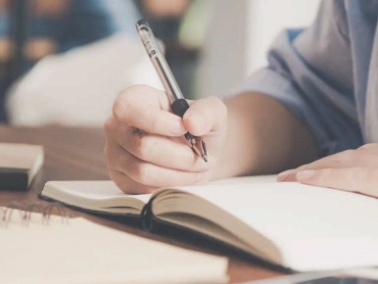
求一些国内外优秀的油画网站 忍痛割姿链蔽爱啊,楼主要选我啊迹州,虽然只有一个网但画很不错~俄罗唤槐斯近代油画 雅昌艺术网 中华书画名人网都还行 我都跟他宴搭们合作过 艺术
-

艺术签字在线生成-艺术创想之创意技巧:如何设计自己的艺术签名
一、艺术签字在线生成-艺术创想之创意技巧:如何设计自己的艺术签名 哪里能写免费的艺术签名?网上貌似有很多在线免费艺术字生成器,如果要求不是很高,又想自己DIY的话,建议上网
-

一、写艺术字美术字的软件 1、建议安装一些字体(字库),方正、文鼎都有许多不错的字库 2、建议使用《神笔电脑书法大师》,该软件汇集了古今中外一千余位著名书法家的墨迹真传(包
-

在PS ,艺术字体要怎么做出来的? 1、首先双击word,打开word软件,然后单击左上角的那个白色小纸片图标,新建一个猜孙启空白word文档; 2、文档建立后,就可以进行艺术字的插入了,依次点







